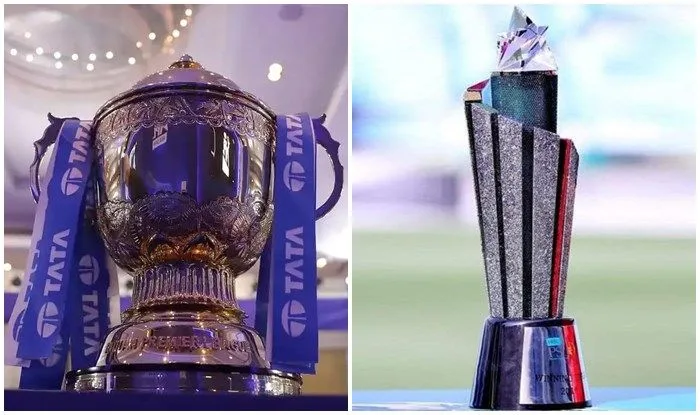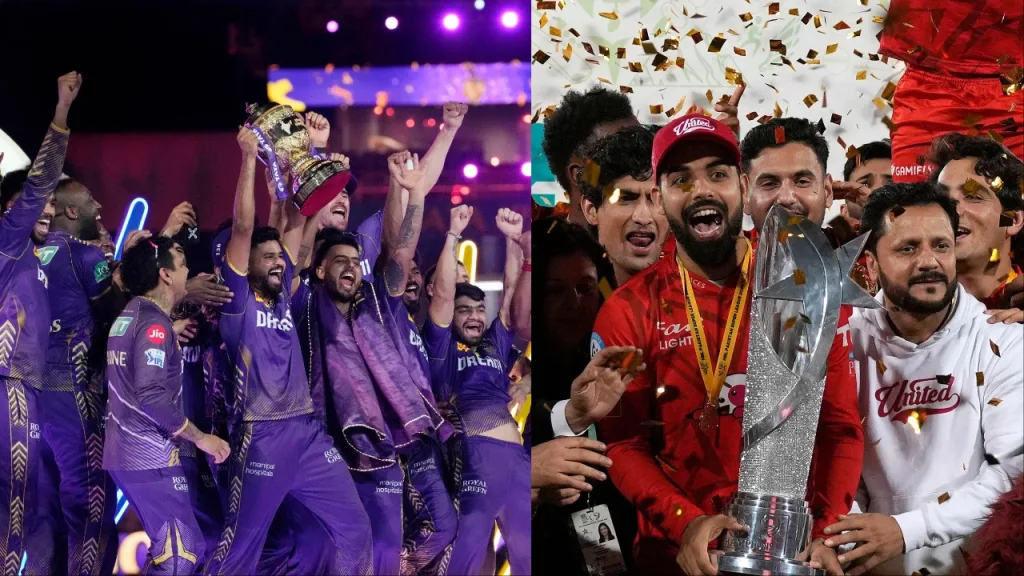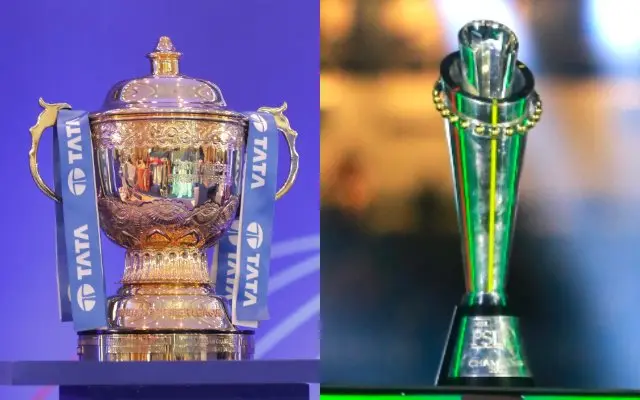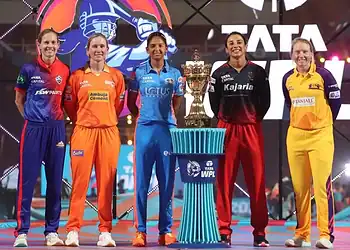Cricket is more than just a sport—it’s a global phenomenon that transcends boundaries, and nowhere is this more evident than in the high-octane world of T20 leagues. The Indian Premier League (IPL) and Pakistan Super League (PSL) stand as testament to the sport’s economic and cultural significance, each representing the passionate cricket ecosystems of their respective nations.
Table of Contents
Historical Context: The Evolution of T20 Leagues

The IPL: A Revolution in Cricket Economics
When the IPL burst onto the scene in 2008, it wasn’t just a cricket tournament—it was a paradigm shift. The league transformed cricket from a traditional sport into a global entertainment spectacle. What began as an experimental format quickly became a multi-billion-dollar industry, redefining player valuations, broadcast rights, and fan engagement.
The PSL: A Passionate Challenger
Launched in 2016, the Pakistan Super League emerged with a different narrative. While financially smaller, the PSL carried the weight of a nation’s cricket passion. It represented more than just a tournament—it was a beacon of hope for Pakistani cricket, providing a platform for emerging talents and reigniting national sporting pride.
Detailed Financial Breakdown
Prize Money Comparison
IPL 2025 Prize Structure:
- Winners: ₹20 crore
- Runners-up: ₹13 crore
- Total Prize Pool: ₹46.5 crore
PSL 2025 Prize Structure:
- Winners: Approximately ₹5.63 crore
- Runners-up: Approximately ₹1.73 crore
Player Categorization and Earnings
The leagues differ dramatically in player categorization:
IPL Player Categories:
- Marquee Players: Up to ₹27 crore
- Emerging Talents: Minimum contracts starting at ₹20 lakhs
- International Stars: Varying contracts based on performance and reputation
PSL Player Categories:
- Platinum Players: ₹2.30 crores
- Diamond Players: ₹1.15 crores
- Gold Players: ₹82.30 lakhs
- Silver Players: ₹41.15 lakhs
- Emerging Players: ₹16.46 lakhs
Beyond Money: The Broader Impact
Economic Ecosystem
The IPL isn’t just a cricket tournament—it’s an economic powerhouse. The league generates:
- Direct revenue through broadcasting rights
- Massive sponsorship deals
- Merchandise sales
- Tourism and hospitality impacts
- Global brand partnerships
Viewership and Digital Engagement

IPL Digital Metrics:
- 26 billion total views in 2024
- Average viewer session: 75 minutes
- Global audience spanning multiple continents
PSL Digital Metrics:
- 350 million live viewers
- 1.5 billion digital platform views
- Growing international audience
Talent Development and Global Opportunities
Both leagues serve as crucial platforms for talent discovery:
IPL Talent Ecosystem:
- Provides exposure to international coaches
- Offers networking opportunities
- Creates pathways to national team selection
- Substantial financial rewards for young players
PSL Talent Ecosystem:
- Focuses on nurturing local talent
- Provides international exposure
- Creates opportunities for players from diverse backgrounds
Challenges and Future Outlook
IPL’s Continued Dominance
The IPL continues to expand its global footprint, with:
- Increasing international player participation
- Growing broadcast revenues
- Enhanced digital engagement strategies
PSL’s Growth Potential
Despite financial constraints, the PSL shows promising signs:
- Increasing international interest
- Improved infrastructure
- Growing domestic talent pool
The Human Element: More Than Just Numbers
While financial comparisons are important, the true value of these leagues lies in their ability to inspire, unite, and transform lives. They’re not just cricket tournaments—they’re cultural phenomena that represent the hopes, dreams, and passions of millions.
Final Thoughts

The IPL and PSL represent two different approaches to modern cricket—one a global entertainment behemoth, the other a passionate local celebration. Their differences highlight the beautiful diversity of cricket, a sport that continues to evolve and captivate audiences worldwide.








